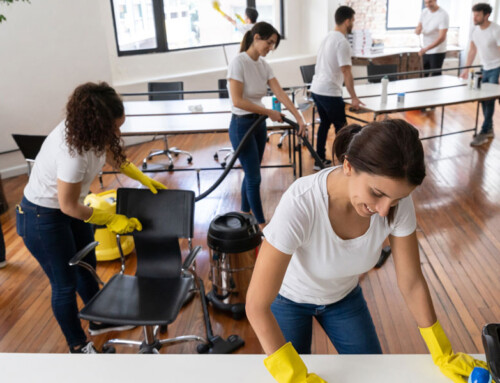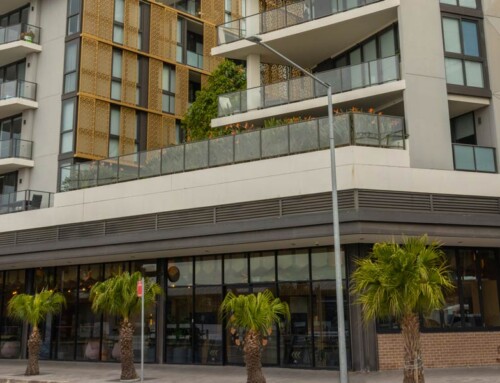Advanced Technologies in Cleaning and Disinfection
Since 1847, when chlorine was first used as a disinfectant, there have been few alternatives to the useful, effective, and often dangerous substances known as chemical disinfectants. Today, a technology is gaining traction that combines salt, water, vinegar, and electricity to create a general-purpose, hospital-grade cleaner and disinfectant. This disinfectant is registered with the U.S. Environmental Protection Agency (EPA) and has proved to be more effective at low concentrations than chlorine bleach is at much higher concentrations. Dubbed by the Los Angeles Times as “the miracle liquid,” those of us in the world of advanced science call it electrolyzed water.
Electrolyzed water is an effective disinfectant that is easy and inexpensive to produce. It can also be generated on-site, eliminating delivery, storage issues, and the need to send plastic bottles to landfills or recycling centers.
It is also safe to use. Electrolyzed water is harmless to skin at the dermal and subdermal level, and although nobody is suggesting prolonged exposure, if it gets in your eyes, no harm will come to them. In fact, commercially available products for cleaning eyelids are based on electrolyzed water. Even if you ingest small amounts of it, the most harmful effect will be an imbalance of good and bad microbes in the intestine, causing intestinal discomfort for two or three days.
The process of creating electrolyzed water is elegant in its simplicity. Tap water is placed into a flask containing an electrolytic cell composed of an anode, which delivers a positive electrical charge, and a cathode, which delivers a negative electrical charge. A carefully formulated solution of saline and vinegar is then added to the water. When the device is in operation, a measured amount of electricity is passed through the anode and cathode. Negatively charged chloride ions are attracted to the anode, which emits a positive charge and electrochemically converts the chloride to hypochlorous acid—a powerful and reliable disinfectant. The sodium ions are either positively charged and are attracted to the cathode or are negatively charged and are converted from sodium to sodium hydroxide, an effective grease cutter and cleaning compound.
This approach, based on simple yet advanced electrochemical technology, is catching on in homes, schools and day cares, and professional cleaning companies throughout the United States and beyond. Those who use electrolyzed water in their workplaces have noted significant cost savings compared with traditional disinfectants and a reduction in absences due to illness and injury from toxic chemicals. The Toxics Use Reduction Institute at the University of Massachusetts has standard, industry-accepted protocols to measure the cleaning capability of a variety of chemicals used by homeowners and professional cleaning organizations. Its researchers have found that some of these devices clean and disinfect just as well as mainstream chemicals that are both toxic and more expensive than electrolyzed water.
There has not been a major paradigm shift in cleaning and disinfecting chemistry since 1847, but to quote a famous folk singer, “The times they are a-changin’.”

















